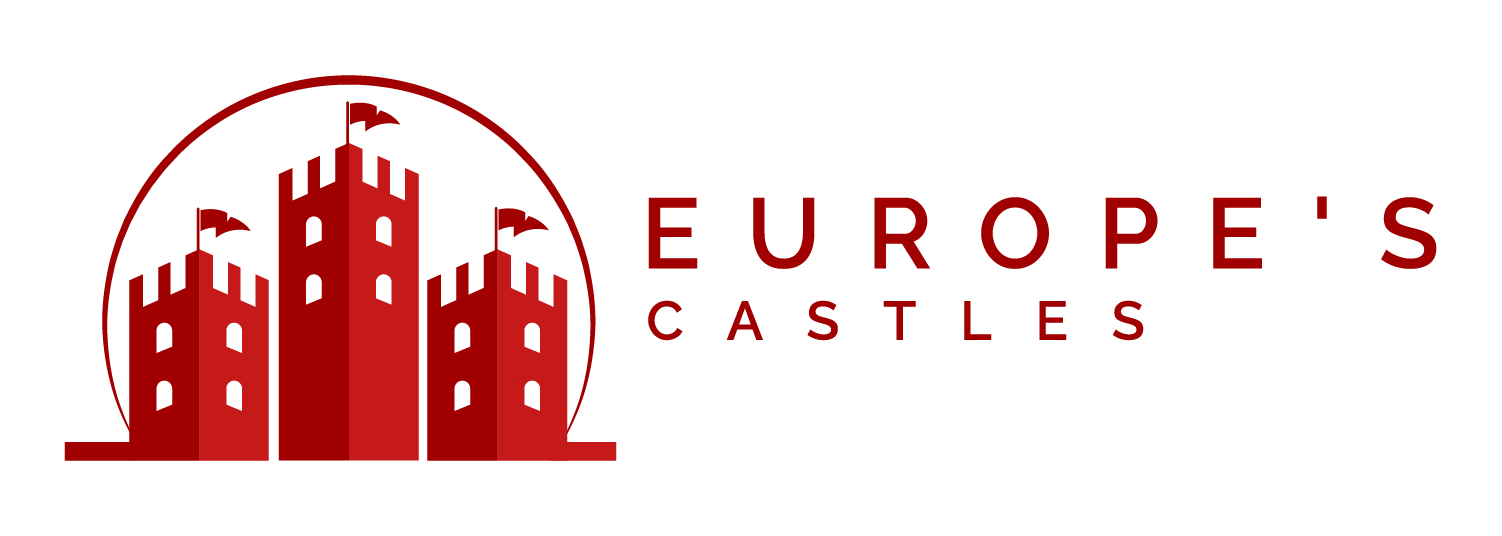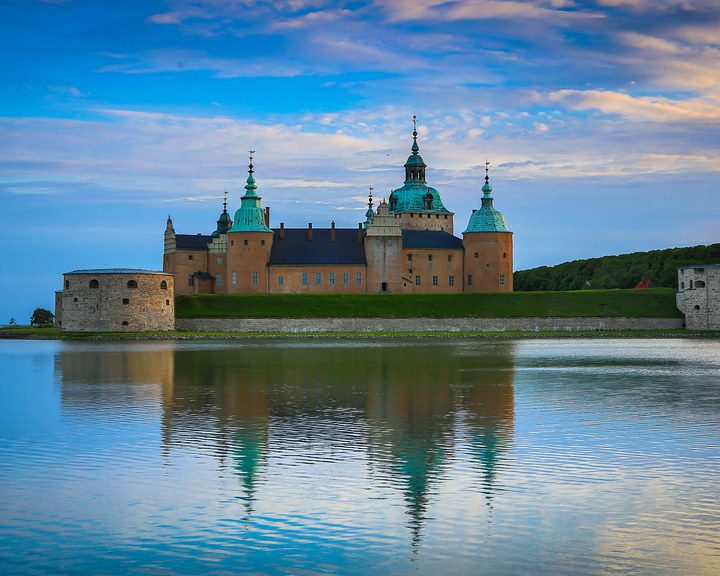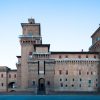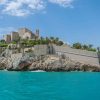Kalmar Castle
Kalmar Castle, often referred to as the “Key to the Kingdom,” is admired for its strategic location and formidable structure. It stands as one of Sweden’s most prominent medieval fortresses. Additionally, renowned for its robust fortifications, rich history, and striking Renaissance architecture, this castle has long held an important role. It has influenced the region’s political and military landscape for centuries. Today, it attracts visitors from around the world. Many seek to explore its architectural grandeur, historical significance, and scenic surroundings on the Swedish coast.
Location of Kalmar Castle
Kalmar Castle is located in the coastal city of Kalmar, in southeastern Sweden. Moreover, positioned on the shore of the Kalmar Strait, this imposing fortress offers breathtaking views over the Baltic Sea. It served as a defense against various foreign threats. Furthermore, its location near the southern tip of Småland placed it on the border of Swedish and Danish territories. This fact made it an essential military site throughout medieval and early modern history. With its proximity to the island of Öland, Kalmar Castle served as a sentinel overlooking an important maritime route. Sweden greatly valued its importance in coastal defense.
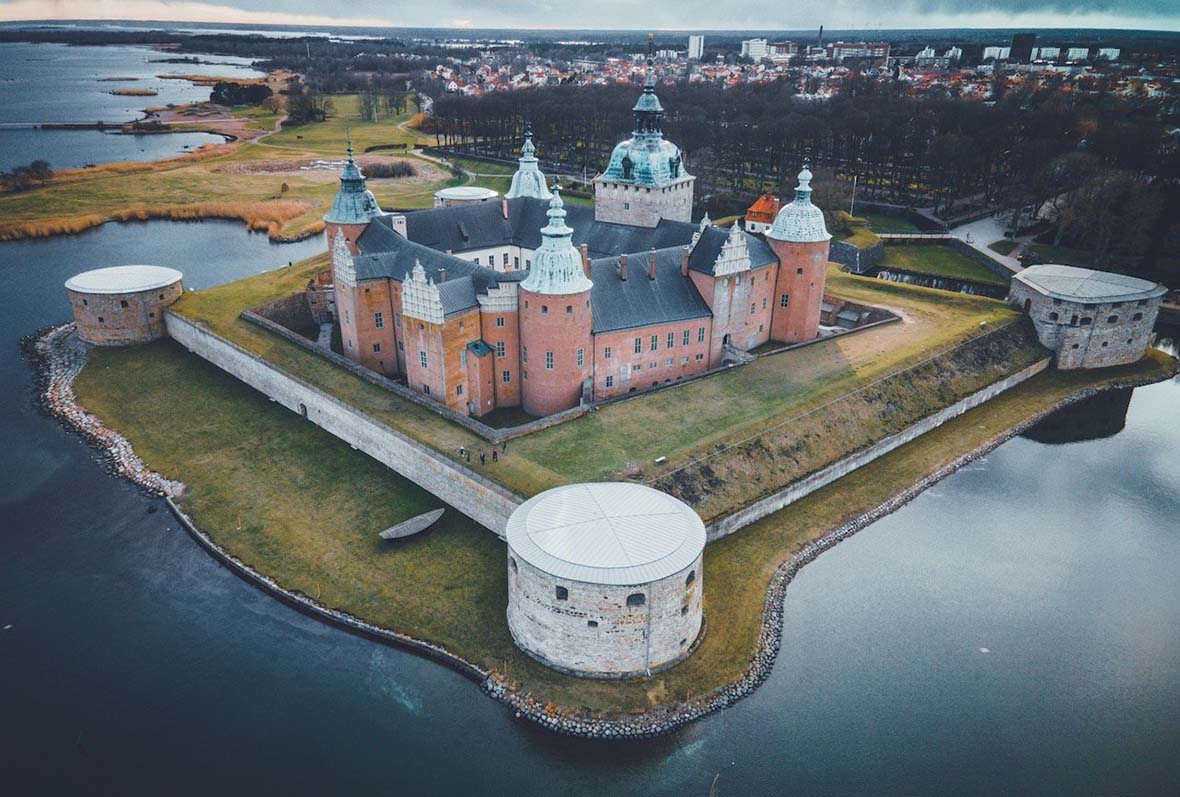
History of Kalmar Castle
Kalmar Castle’s origins date back to the 12th century, when a simple defense tower was built to guard Sweden’s coast from invasions. This early fortification marked the start of the site’s transformation into a significant regional power center. In the 13th century, King Magnus III (Magnus Ladulås) expanded the castle, fortifying it against potential Danish attacks. By adding defensive walls and strengthening the structure, Kalmar became a vital Swedish stronghold and royal administrative center.
In 1397, Kalmar Castle witnessed the historic signing of the Kalmar Union, orchestrated by Queen Margaret I of Denmark. This agreement united Denmark, Norway, and Sweden under one monarch to resist external threats, particularly from Germanic states. Though the Union dissolved in 1523, Kalmar remains a symbol of Scandinavian unity.
The 16th century brought significant renovations under King Gustav Vasa and his sons, Eric XIV and John III. Recognizing the castle’s strategic value, they modernized it into a Renaissance palace, adding grand halls, tapestries, and intricate woodwork. These enhancements gave the castle much of its current charm and elegance.
During the Kalmar War (1611–1613), the castle played a key role in the conflict between Sweden and Denmark over the Øresund Strait. Although Kalmar eventually fell to Danish forces, it was later restored to Swedish control. Over time, the castle’s military importance declined, leading it to serve as a prison and storage site. Kalmar Castle, with its rich history of expansion, conflict, and unity, stands today as a testament to Sweden’s medieval and Renaissance heritage.
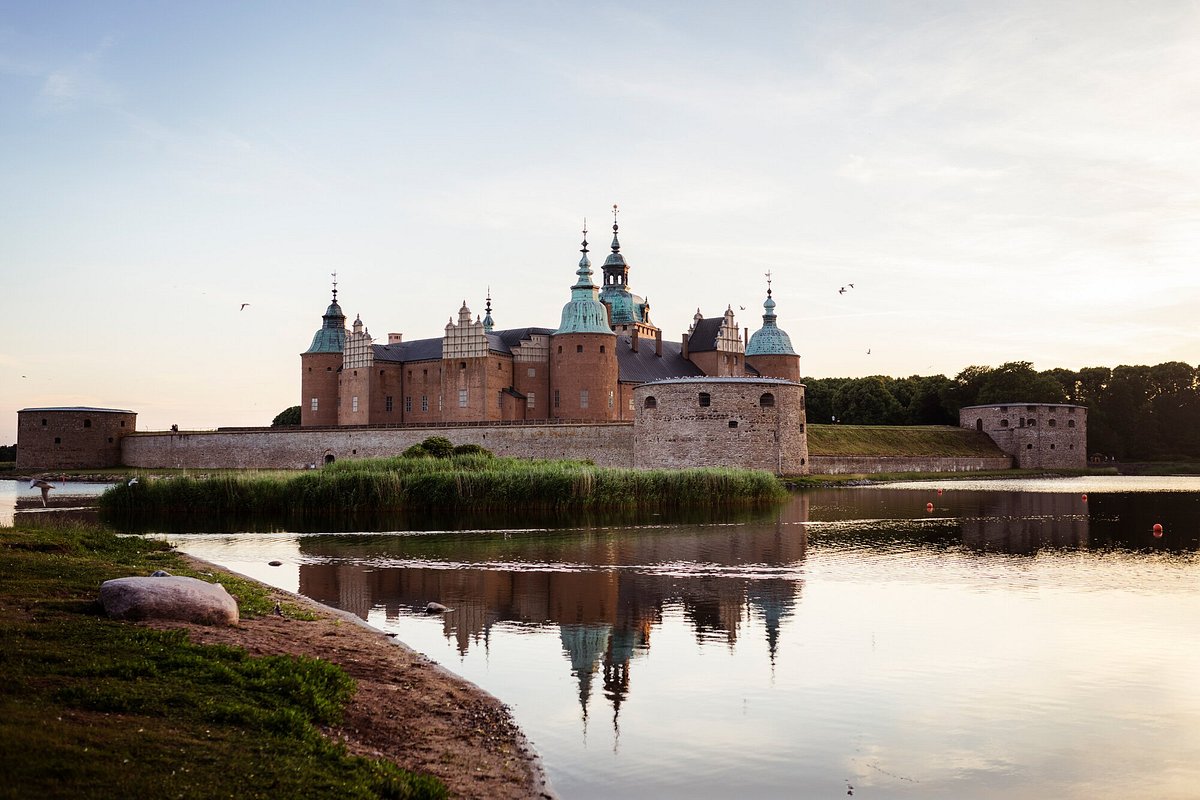
Current status
Today, Kalmar Castle remains one of Sweden’s most well-preserved Renaissance castles. It is open to the public as a museum and cultural site. Extensive restoration efforts have preserved its historical structures, including the outer defensive walls. Restorers have carefully revived the main gate and the iconic round towers. They have restored the castle to reflect its Renaissance-era appearance, with many rooms decorated to resemble their original state under the Vasa dynasty.
Visitors are offered a glimpse into medieval and Renaissance life. There are a variety of exhibits on display, including period furniture and artifacts. Detailed dioramas depict historical events. Among the most popular attractions is the Great Hall. Adorned with tapestries and period furniture, this space once hosted royal feasts and gatherings. The chapel, featuring exquisite woodwork and stained glass, provides a peaceful space. This part of the castle transports visitors back to the 16th century. Seasonal exhibitions and historical reenactments allow guests to experience Sweden’s past vividly.
Outside, the castle grounds and gardens invite guests to explore. The scenic views of the Baltic Sea are breathtaking. Walking along the ramparts, guests can imagine the lives of medieval soldiers who once stood guard. The moat and outer walls reveal the tactical skill of the castle’s original designers.
Kalmar Castle is also used as a venue for cultural events. Concerts, lectures, and theatrical performances are regularly held here. This has helped to make it a dynamic cultural landmark in Kalmar. The castle’s storied past and architectural beauty attract history enthusiasts and tourists alike. Special events, like the annual Kalmar Renaissance Festival, celebrate the castle’s heritage. Historical reenactments, crafts, and entertainment are enjoyed by both locals and international visitors.
Admission
Community features
Castle features
Video
Location
Official website
Featured listings


